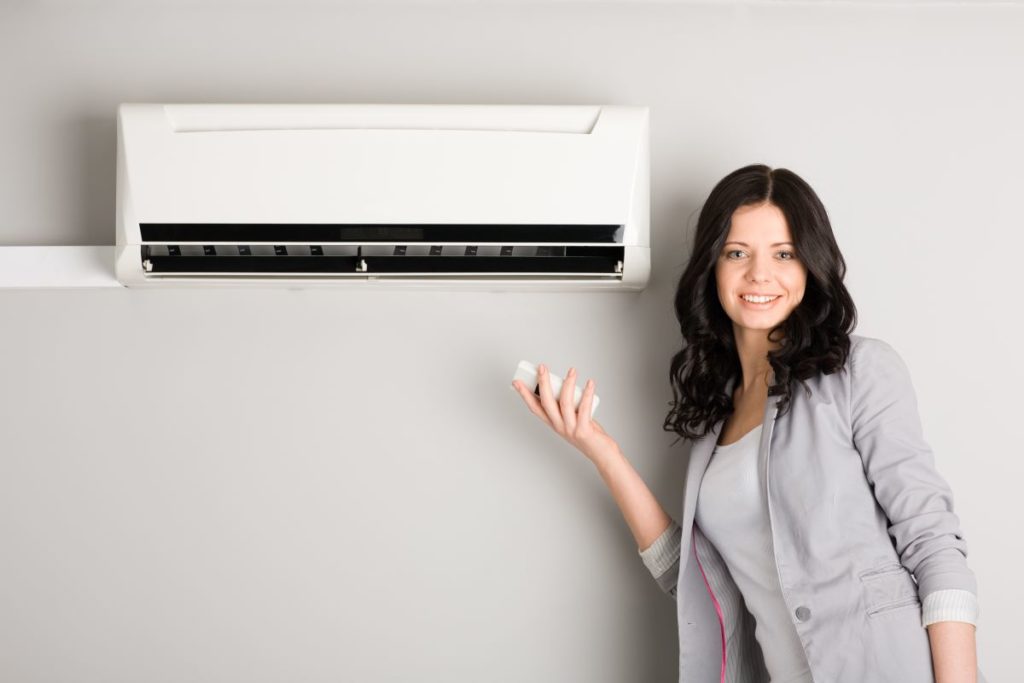Never has indoor air quality been as important as it is right now. We hear about maintaining good indoor air quality from the news. We know that ventilation is one of the most important things we can do to fight against the spread of the coronavirus. The question is, are our homes prepared for it? Do we have good indoor air quality at home? We don’t usually think about the quality of the air we breathe at home because it is our comfort zone. In truth, we get sick a lot at home, but we don’t even notice it.
Poor indoor air quality is tied with common colds or the flu. They have the same symptoms though you will usually notice that it’s about the quality of air when you feel better after leaving your house. Once you started to feel nauseous and irritated in your own house, that’s the time you should recheck the indoor air quality.
Air Purification and Air Ducts
There are two ways you can ensure the quality of air inside your homes. The first one is to get an air purifying device. There are loads of these devices in the market right now. They come in different brands, sizes, features, and all the other things you can think of. The important thing is to look for reviews that you can trust. You may also want to invest in a medical-grade air purifying device instead of those fly-by-night brands that sell it for less than $50.
But the best way to ensure the quality of the air you breathe is safe is by having a thorough air duct cleaning service. The duct is where the air from the heating and cooling system in your house comes from. When the ducts are dirty, the air will carry them inside your homes. Making sure that these are clean is one of the most important tasks you have to do as a homeowner.

Signs of Poor Indoor Air Quality at Home
It’s not just in your physical health that you will begin to notice the signs of poor indoor air quality. You’ll notice the signs, too, with the dust buildup around the vents and surfaces. The buildup of pollen, dust mites, pet dander, and other particulates will aggravate your allergies. They will also likely affect your mood and productivity. The simple solution is to change your air filters or upgrade them to more efficient HEPA filters.
Another sign that you have indoor air quality issues is the imbalance in humidity level. If you have a device that tells you the humidity level in the room, then it should be between 35% and 50%. Otherwise, you can tell that there’s too much humidity in the room when there are molds, mildew, and microbe growth. Where there is too little humidity, you’ll feel that your skin is dry and irritated. You might also get itchy skin, sinuses, and upper respiratory infections.
Finally, you can tell that you have problems with indoor air quality when there are unpleasant odors in your home. Though you usually get used to how your house smell, you will notice it more clearly when you’ve been away for a week. You can also ask a relative or a friend who doesn’t live in your house if there’s something unusual about the way your house smells.
Improving indoor air quality should be a priority for every homeowner. Clean indoor air will keep you healthy and during this time, can keep the virus at bay. If you need to invest in one thing in your home right now, it should be on how to keep the air inside safe to breathe.

